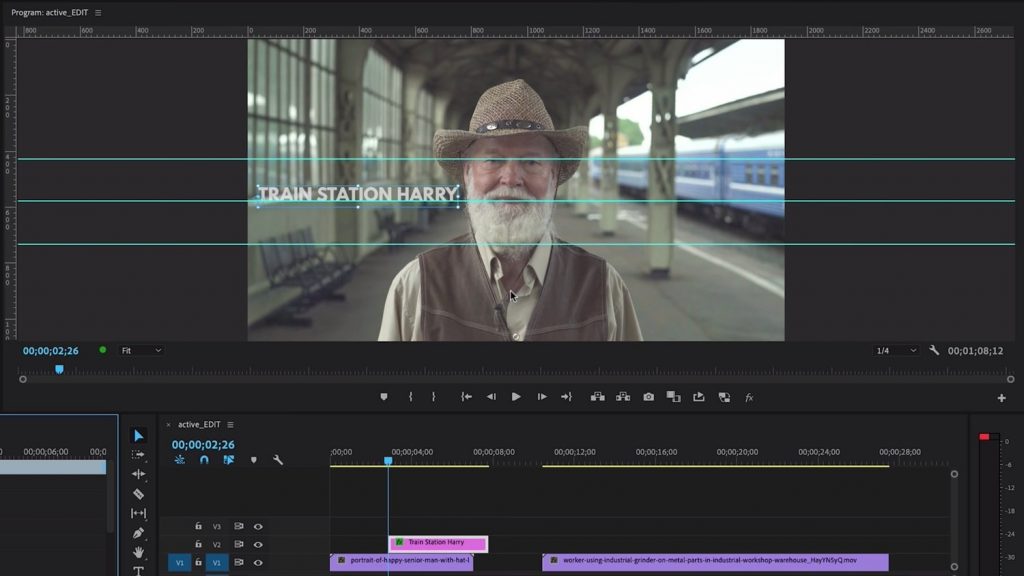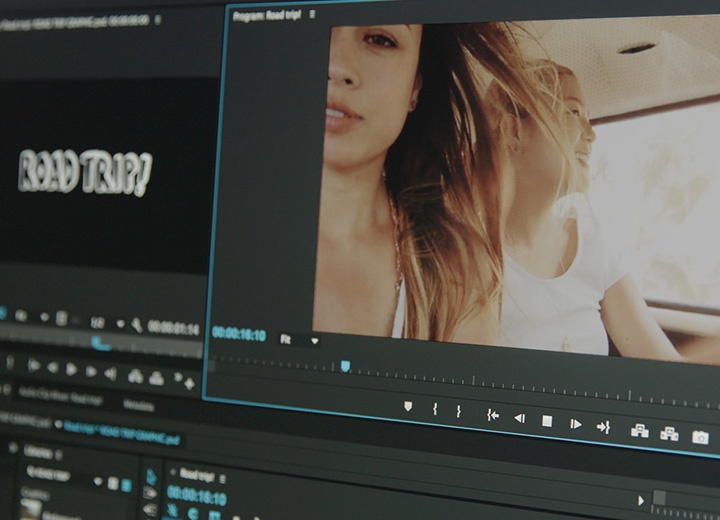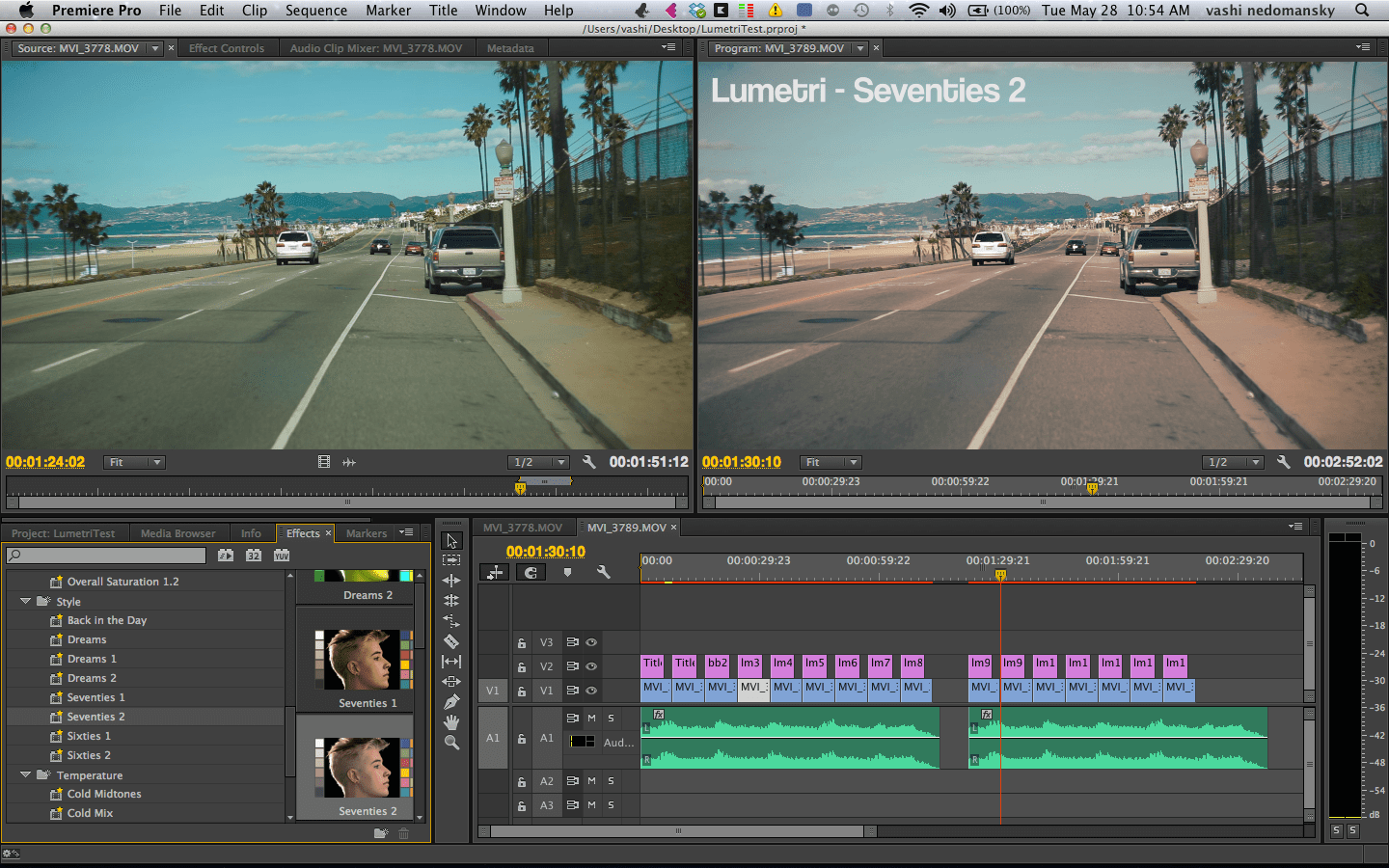

- #Adobe premiere pro trialmac upgrade
- #Adobe premiere pro trialmac Bluetooth
- #Adobe premiere pro trialmac mac
#Adobe premiere pro trialmac mac
I prefer the Mac Studio for media editing due to its faster performance, better heat management, number of ports, low noise, small desk space and the ability to select the monitor, mouse and keyboard of my choice. Multicam editing, though, is a bit more nuanced, I’ll discuss that in a bit. If you are doing single camera editing, this system has speed to burn. Oh my, YES! As you can see from all the green checkmarks, this system with an M2 Max SoC supports all known video formats up to 12K/60. It will be faster and easier – and, if your system isn’t causing any problems, I would recommend this faster approach. Just transfer everything using Migration Assistant. You don’t need to go to all this trouble. The few glitches I was experiencing went away. This process took about four hours to complete. I then upgraded the macOS and reinstalled only the applications I needed. I connected my M1 MacBook Pro to the Mac Studio via Thunderbolt, then waited for two hours while they transferred 1,049,049 files (I mention this because I was stunned at how many files I’ve created over the years.) The transfer speed was around 240 MB/second. So, this time, I used Migration Assistant to transfer just data, network settings and system preferences – no apps. These were causing some glitches in my current system. However, that leads to transferring a lot of applications and related system settings that I no longer need. Normally, I migrate all the data from the older computer to the new one using Applications > Utilities > Migration Assistant. (I have five sitting around me now as I run these tests.) I bought my first Mac on January 24, 1984. Discovering everything it can do takes a lifetime. As we all know, setting up a computer is easy. Inside the package is the computer, simple setup instructions and a power cable. Both deserve special mention for high-quality, eco-friendly packaging. It is as mind-bogglingly cool as the packaging for the Apple Studio Display. Pull one tape strip off the top and the box unfolds as though it was revealing jewelry. But whoever designed the packaging for the Mac Studio is a genius at creating cardboard origami. Also, it does not seem to me that Premiere is fully utilizing the Media Engine yet. The recommended workflow in that case is to use proxies, which converts source media into ProRes for better performance during the rough cut. If you are using other media formats, you will not see the same level of performance – especially for multicam editing. I’m looking forward to seeing what it allows me to do in the future.īIG NOTE: The Media Engine in M-series Macs is optimized for ProRes (all versions), H.264 and HEVC. While I’ve only been using the M2 Max Mac Studio for a week, so far it meets all my needs and exceeds my expectations.

I upgraded the OS after I transferred data from my older computer to this one.
#Adobe premiere pro trialmac upgrade
In most cases, you’ll need to upgrade the macOS. Unpacking and setup for the Mac Studio is the same as any Mac: unbox it, plug it in and get to work.
#Adobe premiere pro trialmac Bluetooth
So, I’m using a Bluetooth wireless keyboard for the first time on my main computer. I recently learned that the Apple Magic keyboard, which is wireless, acts as a wired keyboard if the lightning cable is connected to the computer. NOTE: I prefer using wired keyboards, in case the Mac refuses to boot. This still leaves me with two empty USB-C ports and an SD card slot. On my office system, it’s driving two 4K computer monitors, an external audio system, an external DSLR webcam, an SSD RAID and a spinning media RAID.

It is virtually silent, small and contains a multiplicity of useful ports. This mid-range Mac Studio – with the M2 Max SoC, 12 CPU cores, 30 GPU cores, 64 GB of RAM and 2 TB of storage – provides flexible and abundant power for video editing, all at an affordable price. The Mac Studio, from Apple, with an M2 Max SoC, is a blazing-fast desktop computer that will easily meet all current and future video editing tasks, including editing 12K media.

This report details my results using Adobe Premier Pro. In this case, I look at real-world editing tasks and performance and compare it to older computer systems. NOTE: Here are the results from testing Final Cut Pro.Īll too often, computer product reviews center on ports and specs. During this last week, I’ve tested it using Adobe Premiere Pro and Apple Final Cut Pro. Well, editing and writing about video editing. I purchased an M2 Max Mac Studio computer from Apple specifically for video editing.


 0 kommentar(er)
0 kommentar(er)
